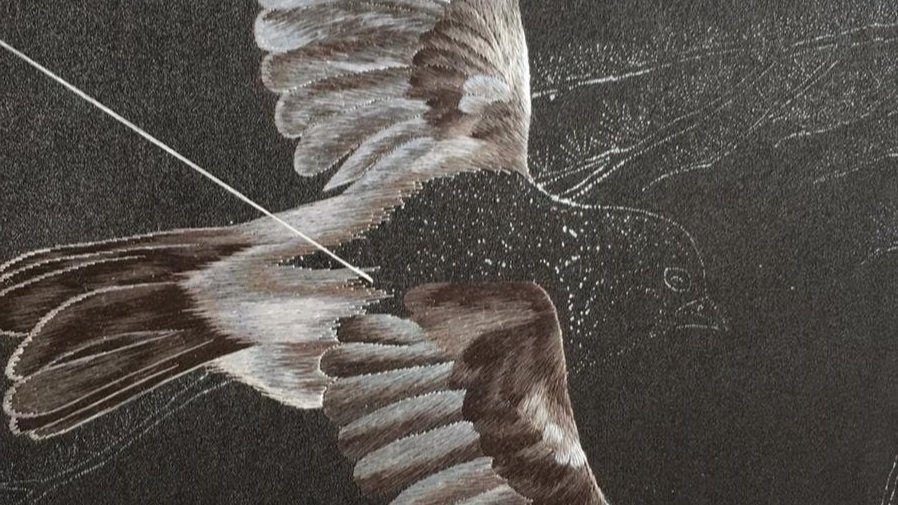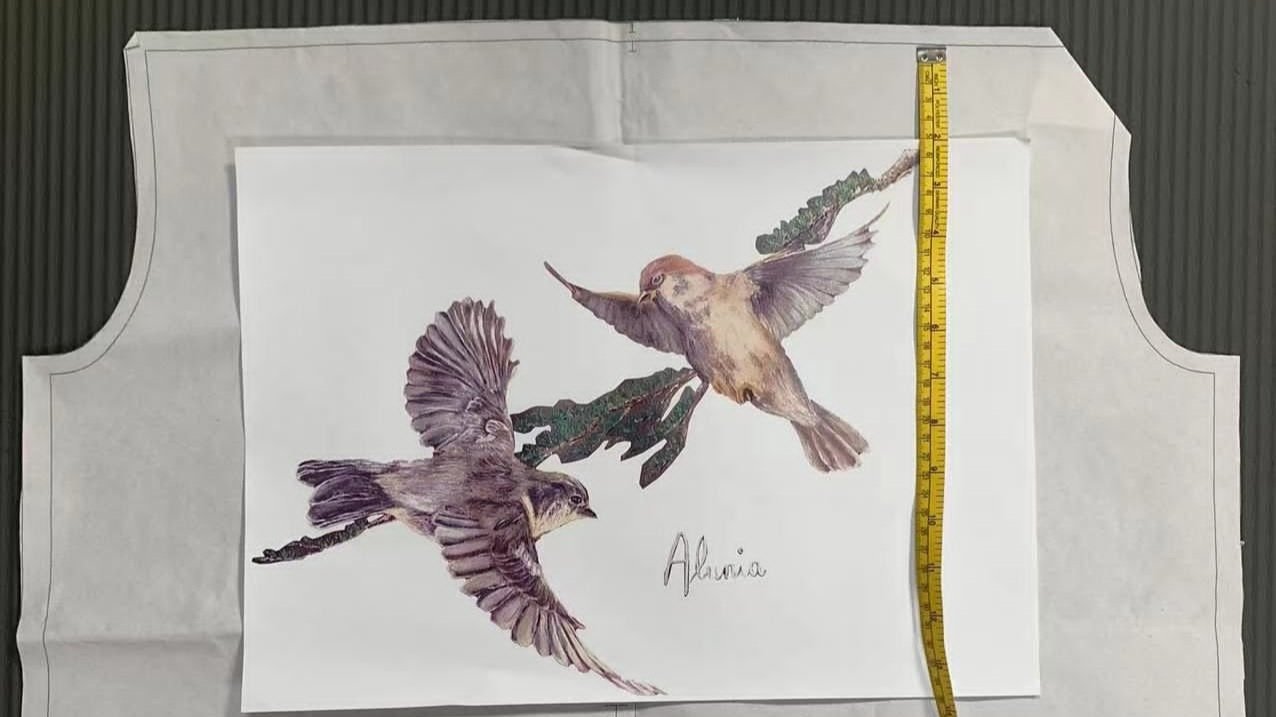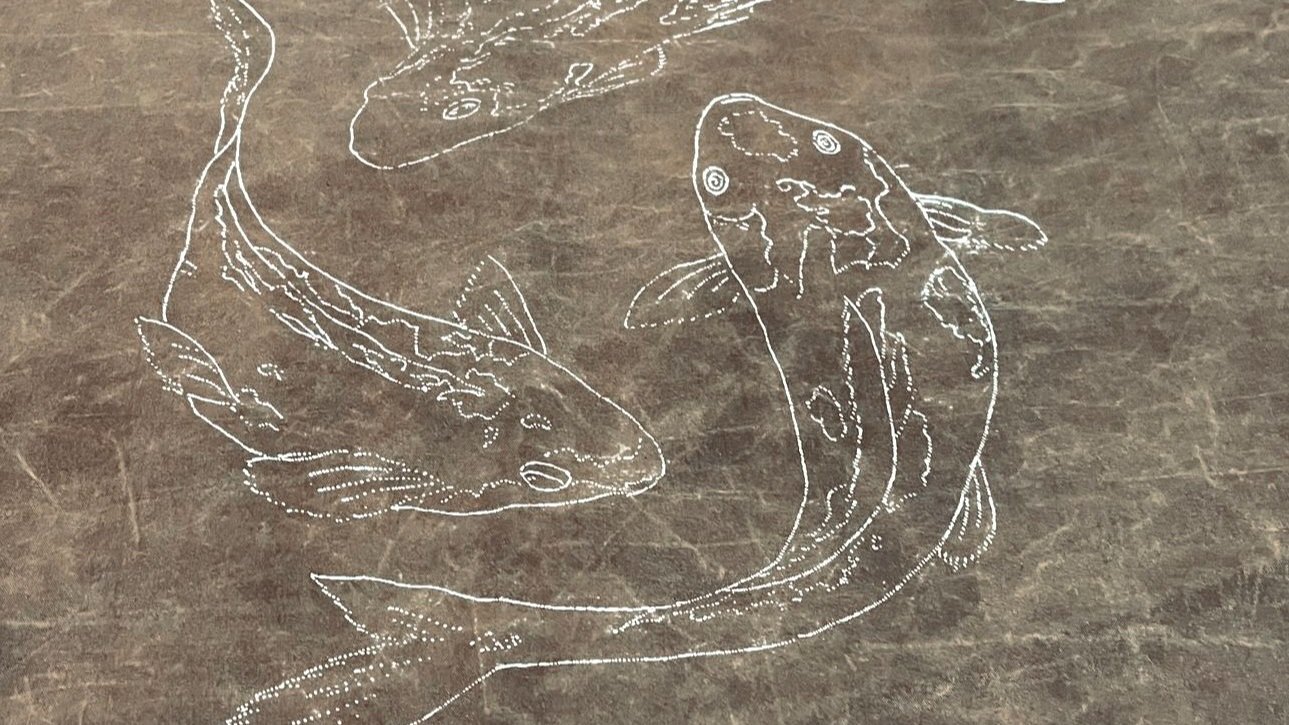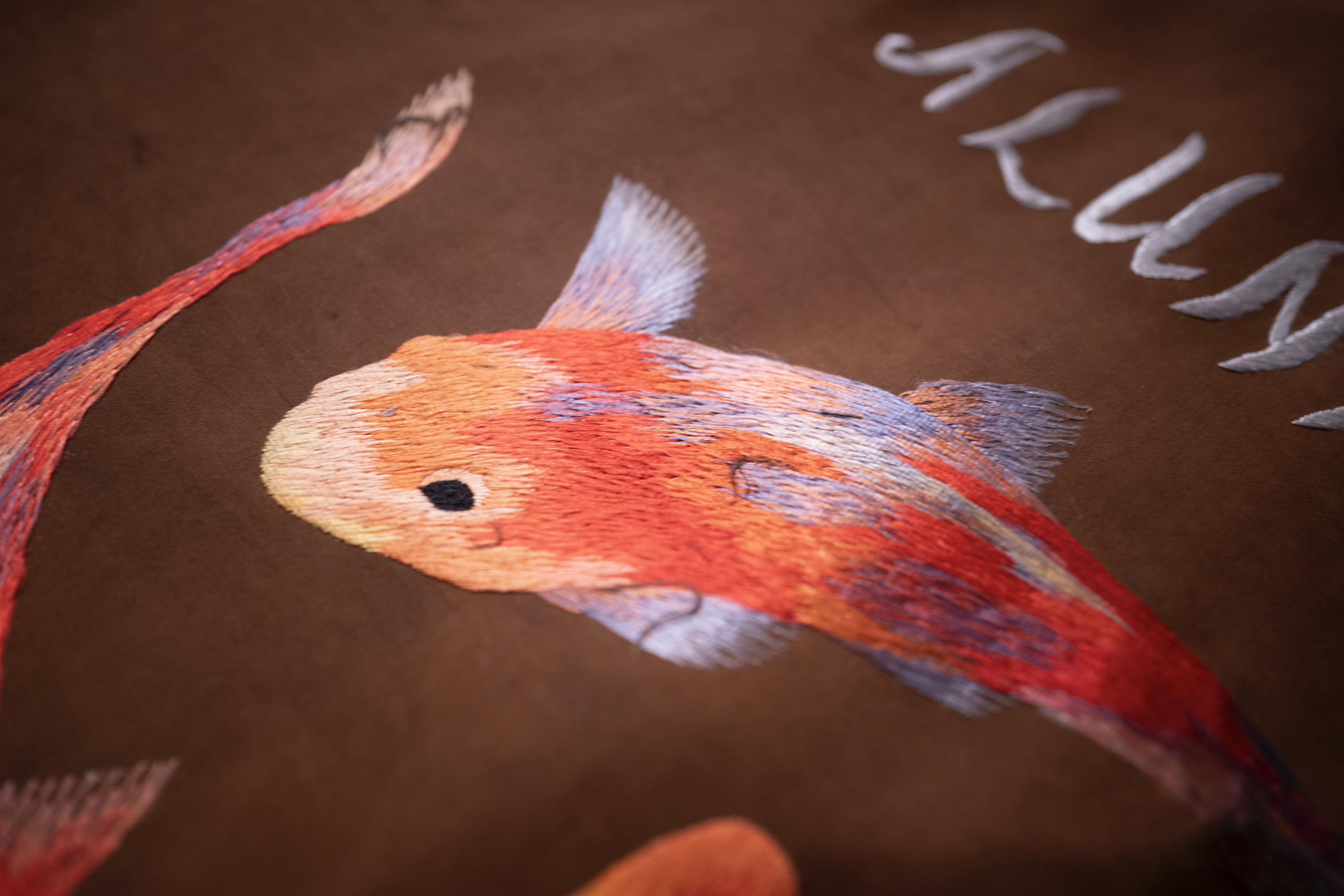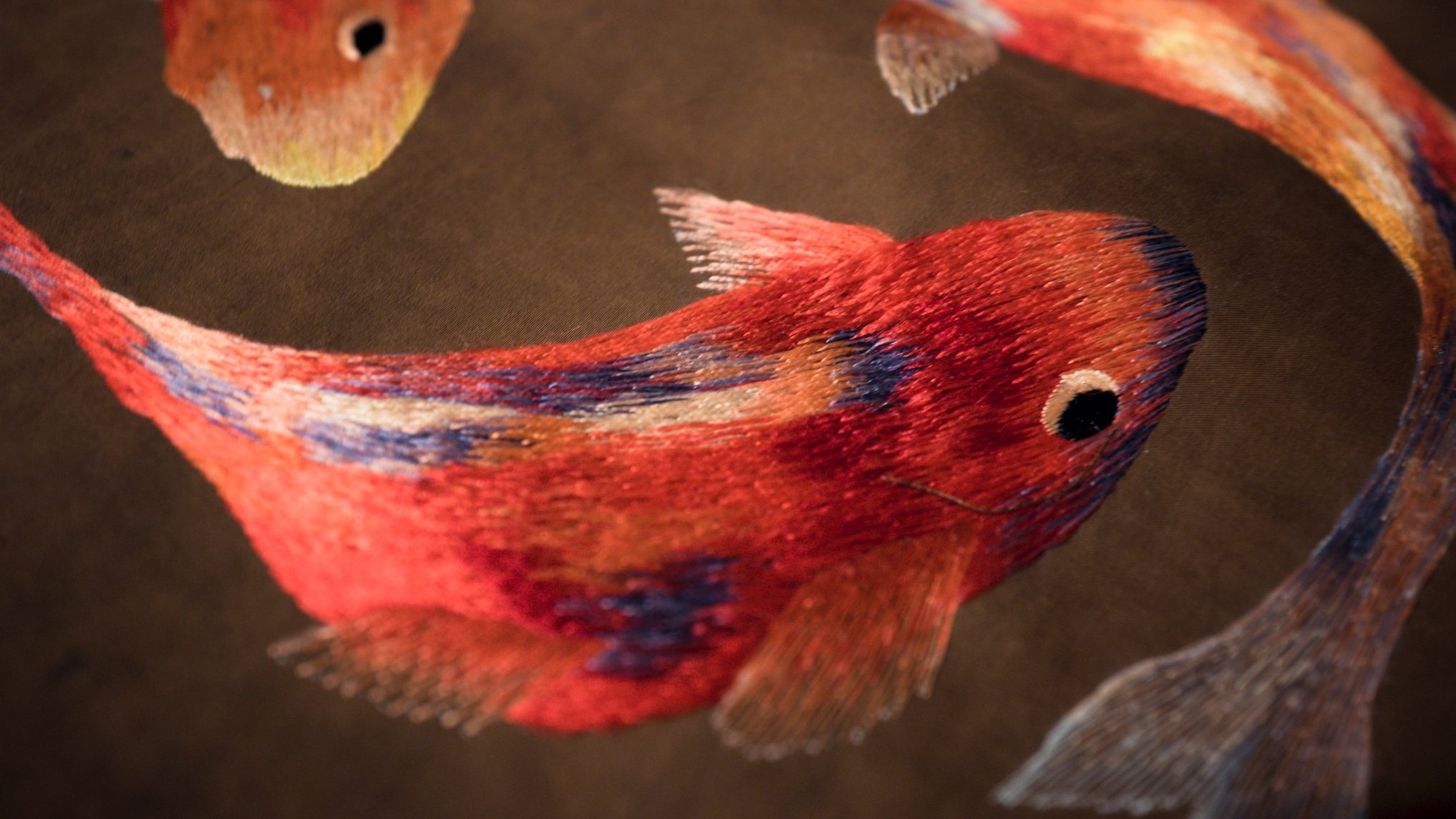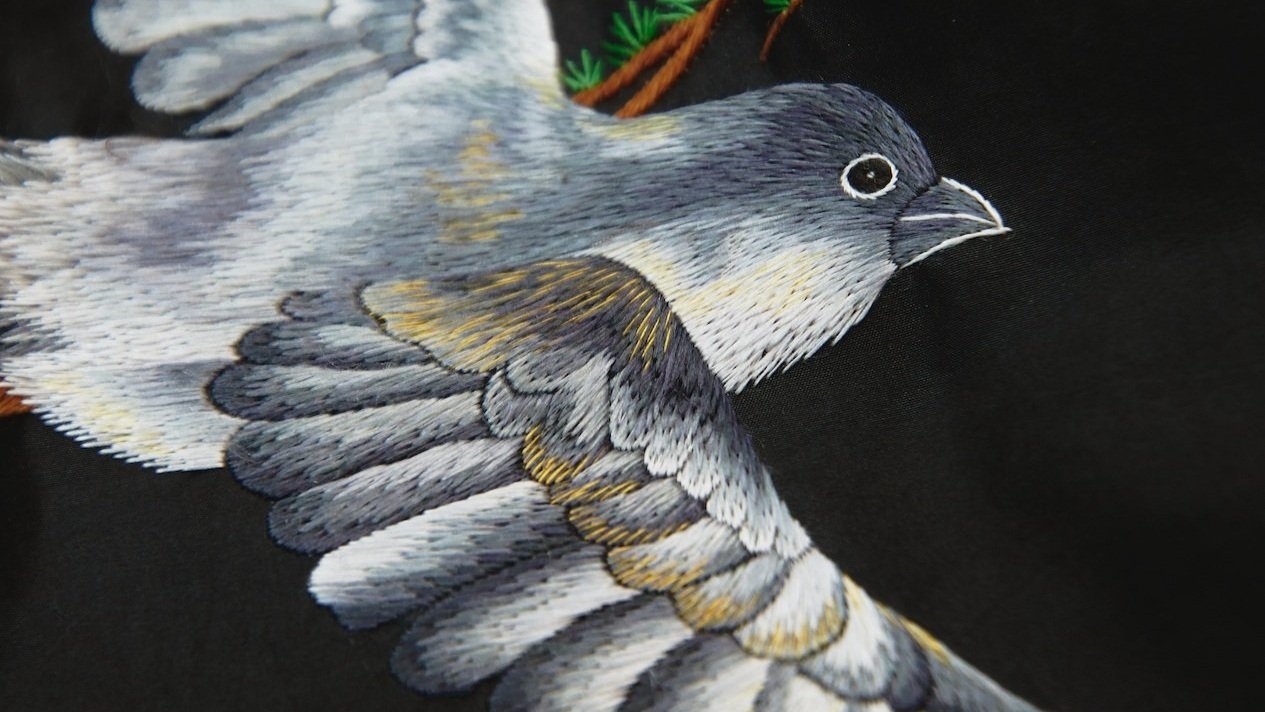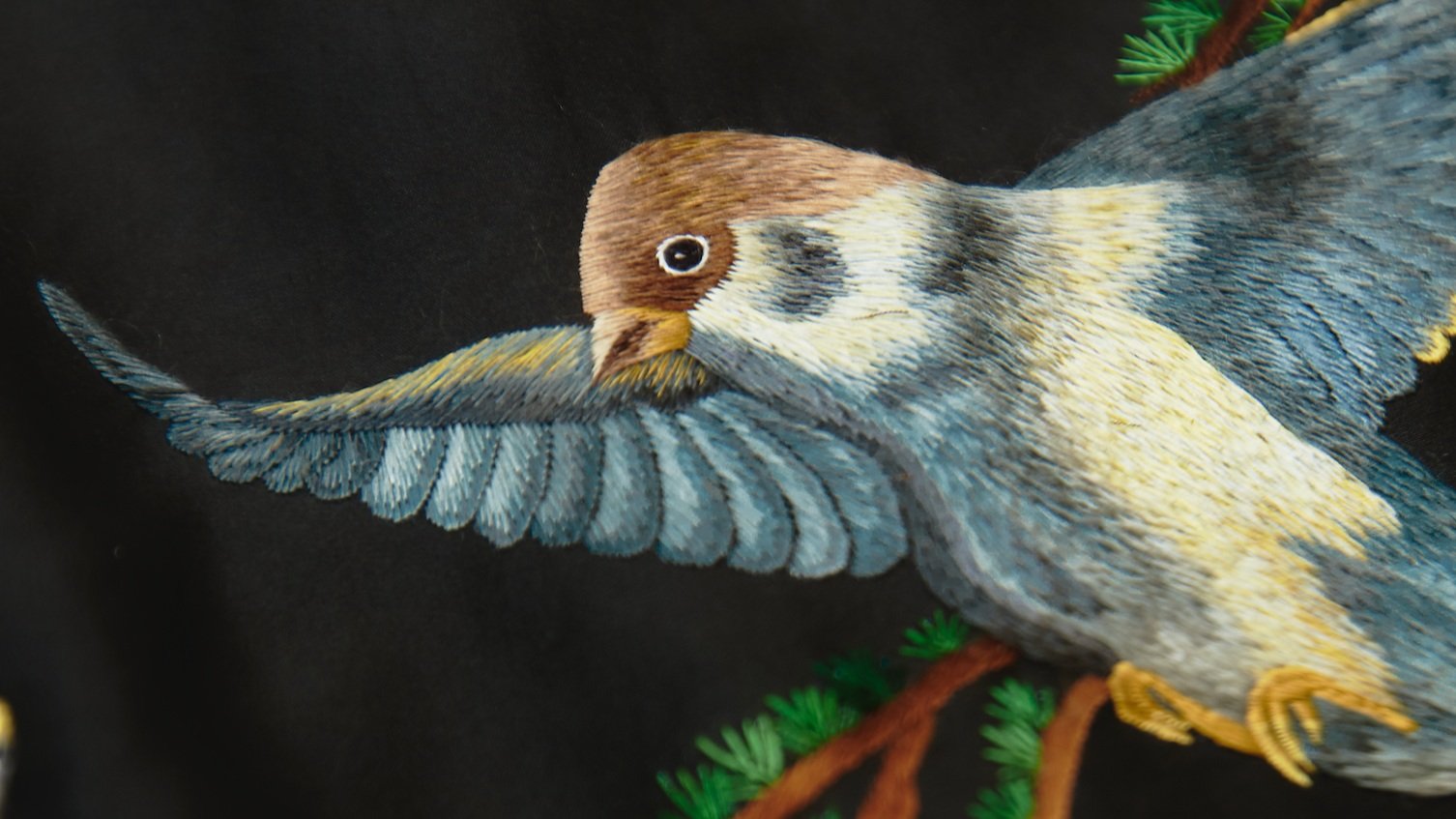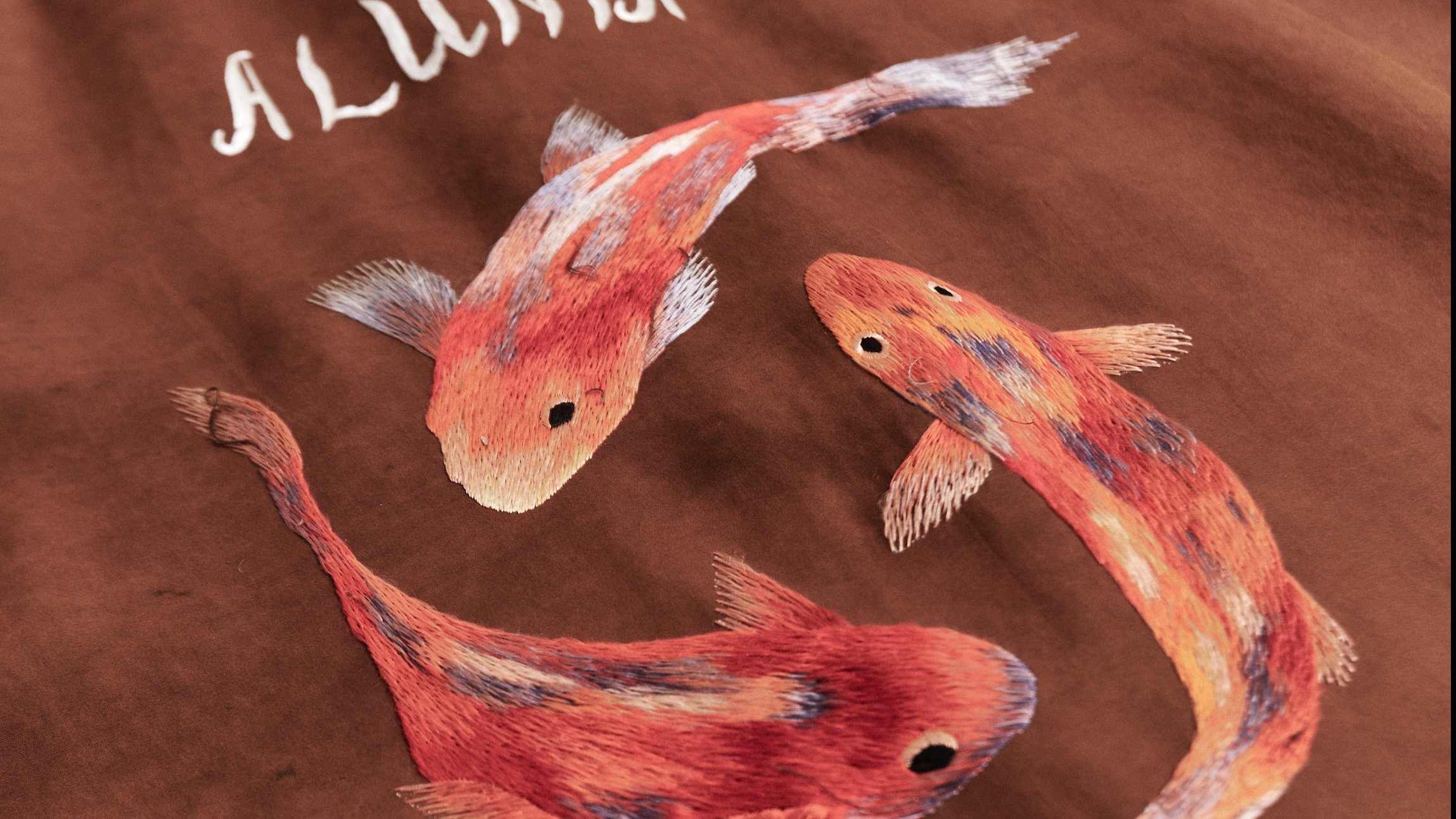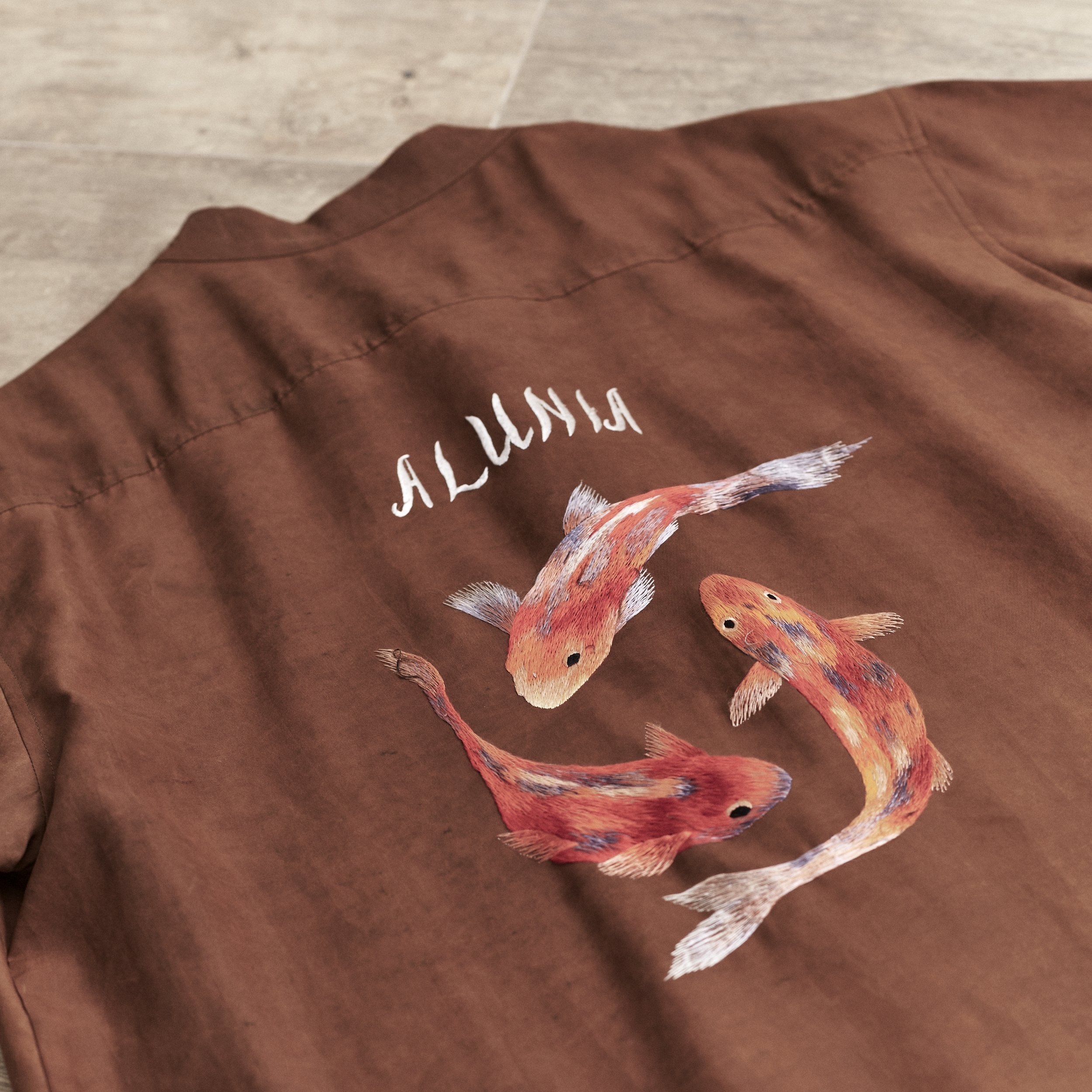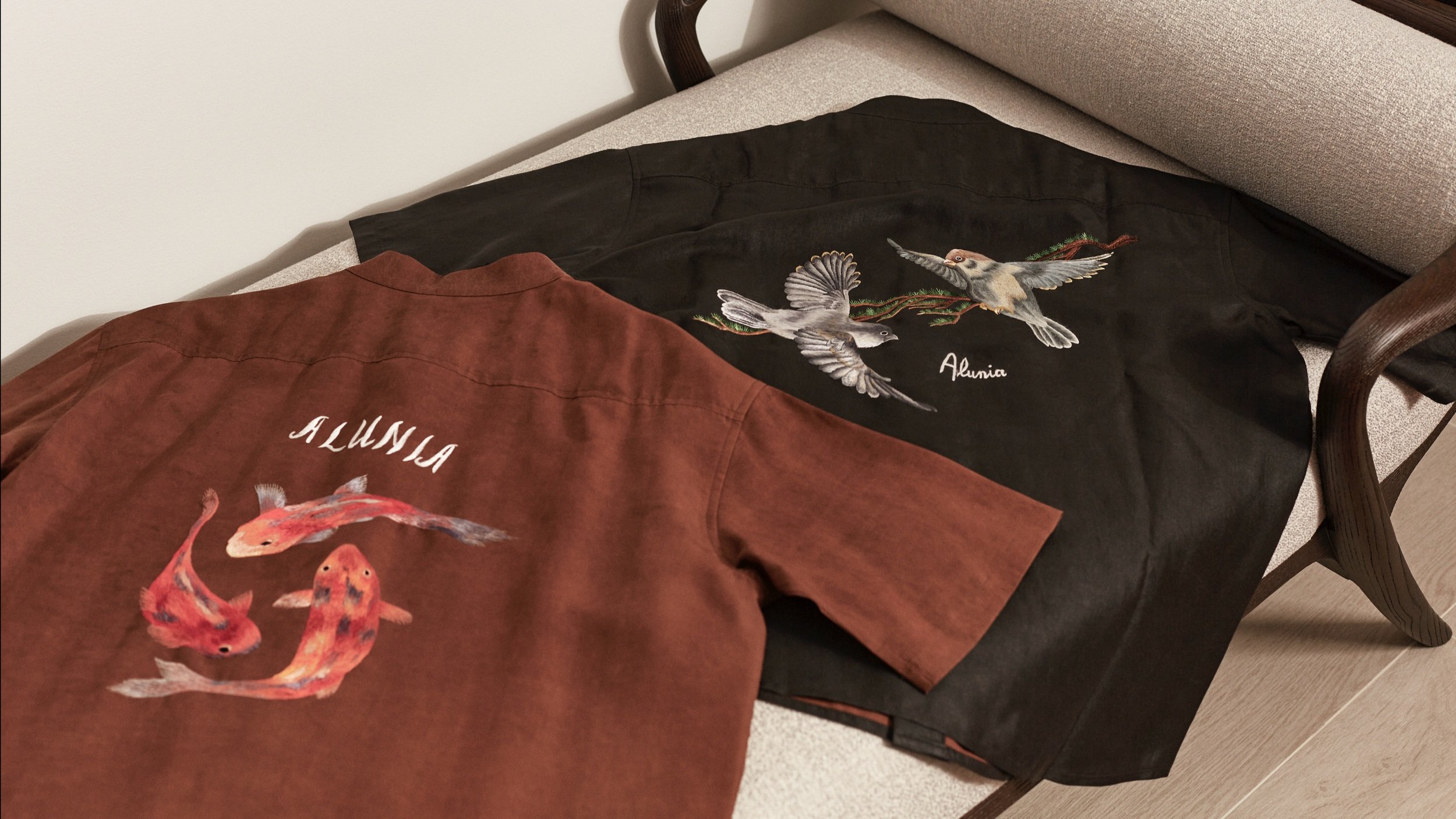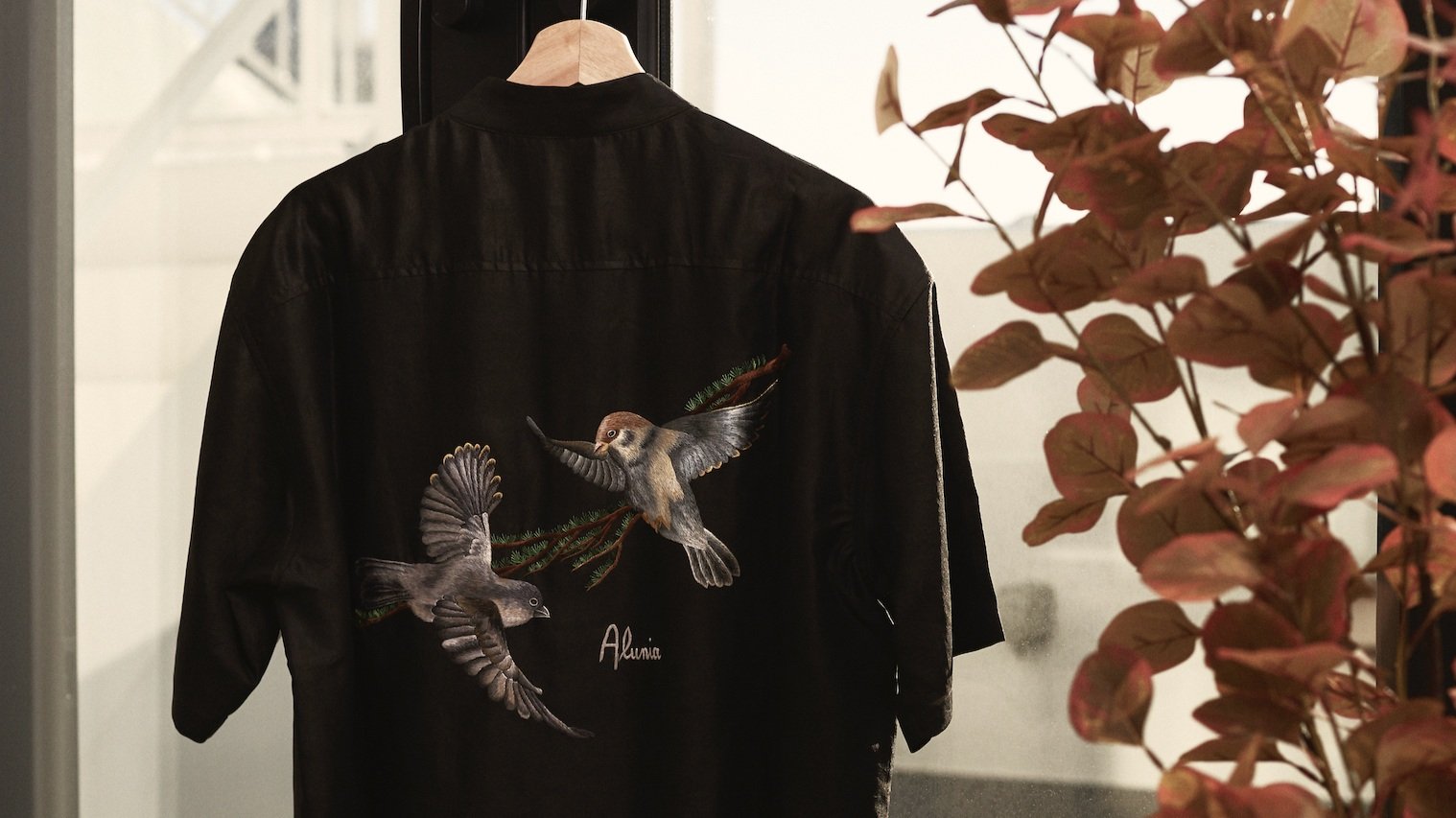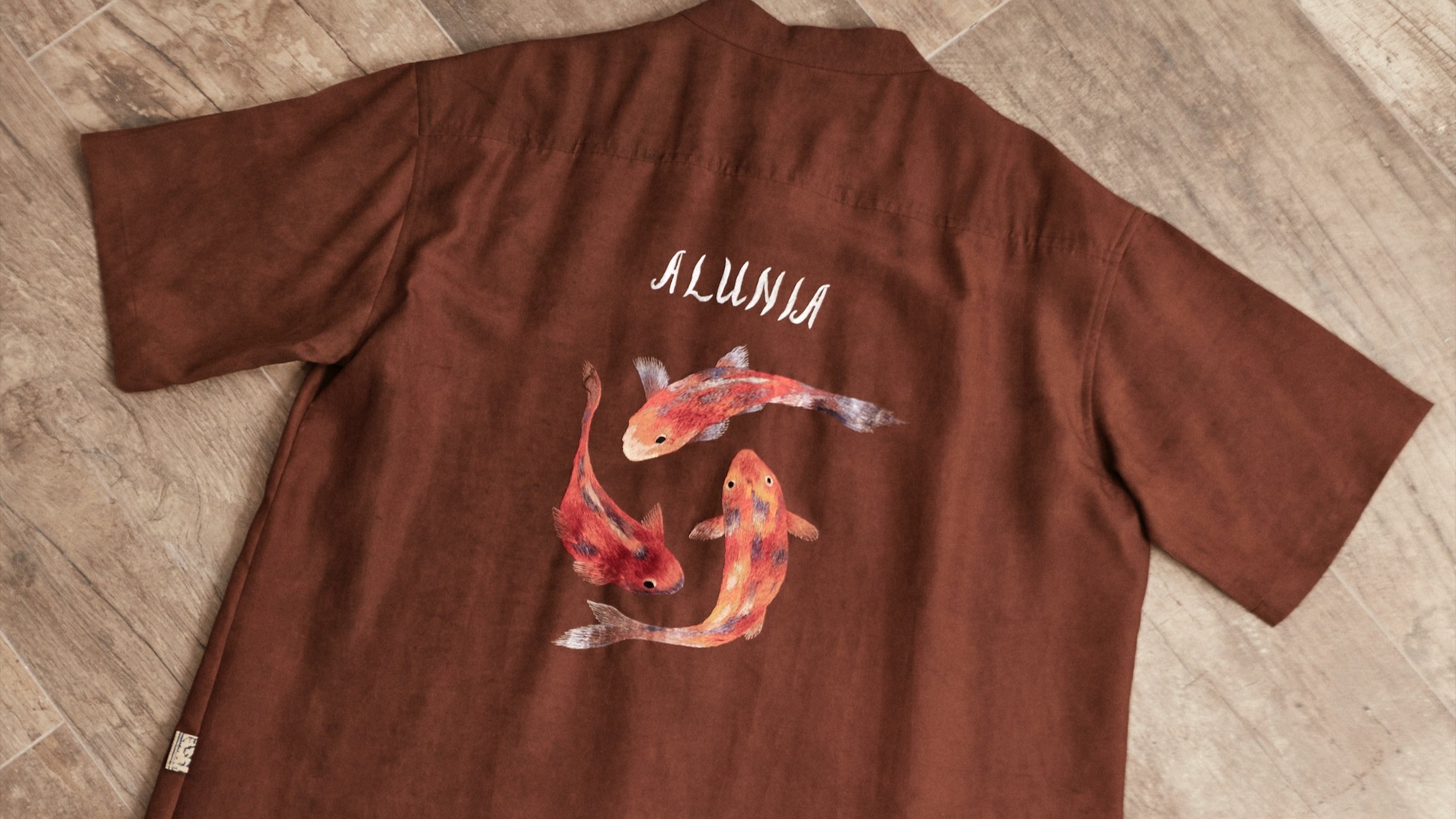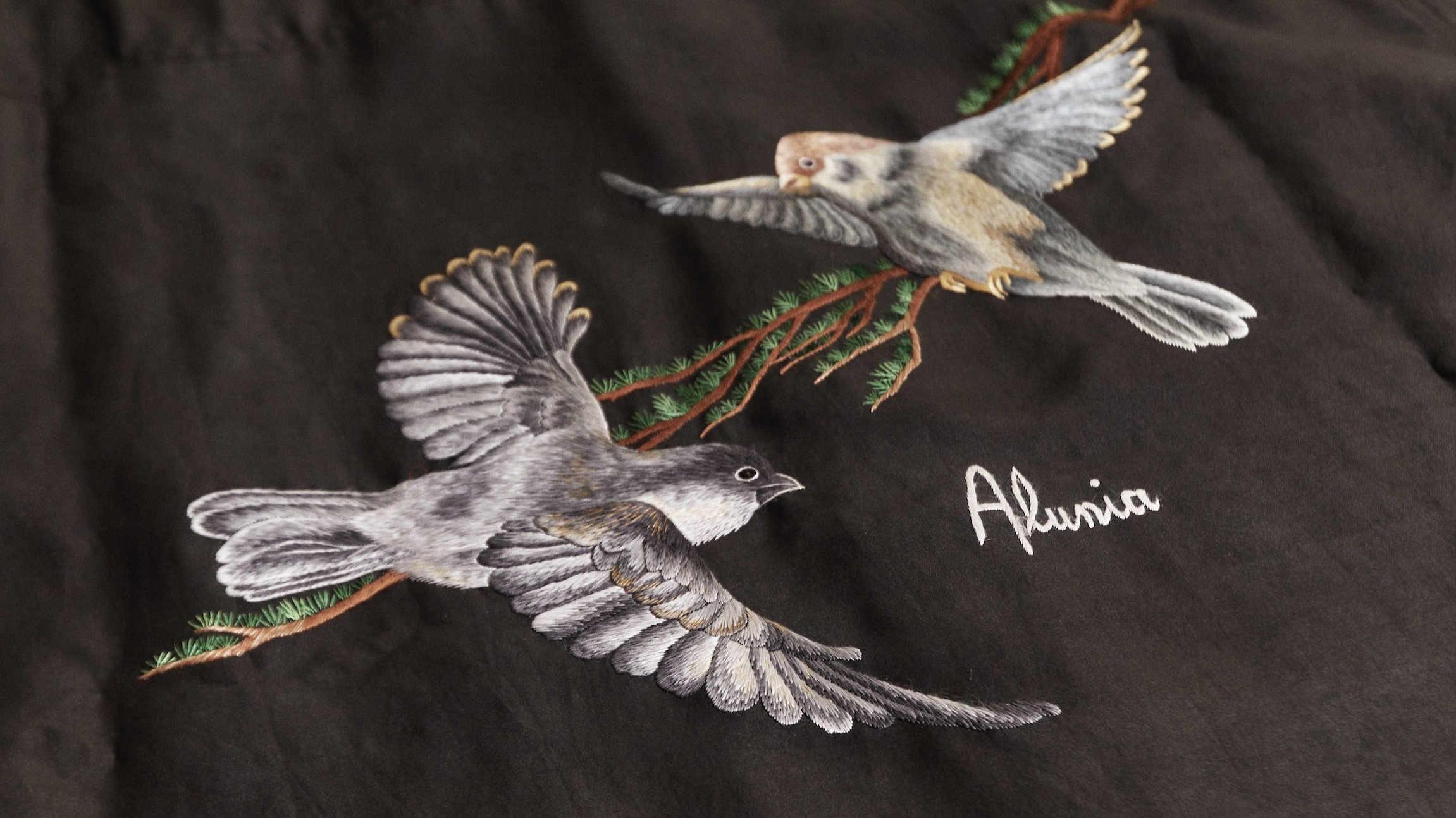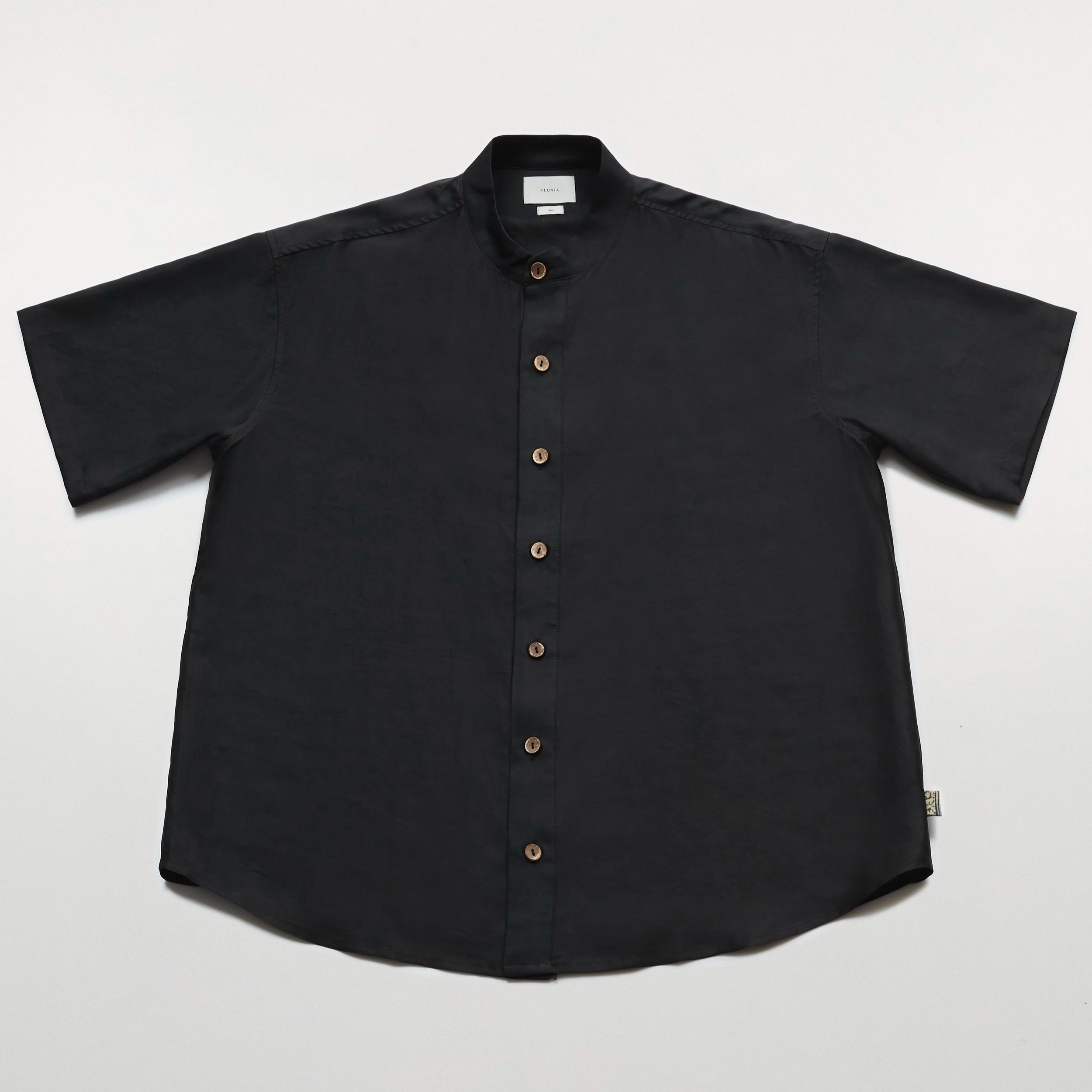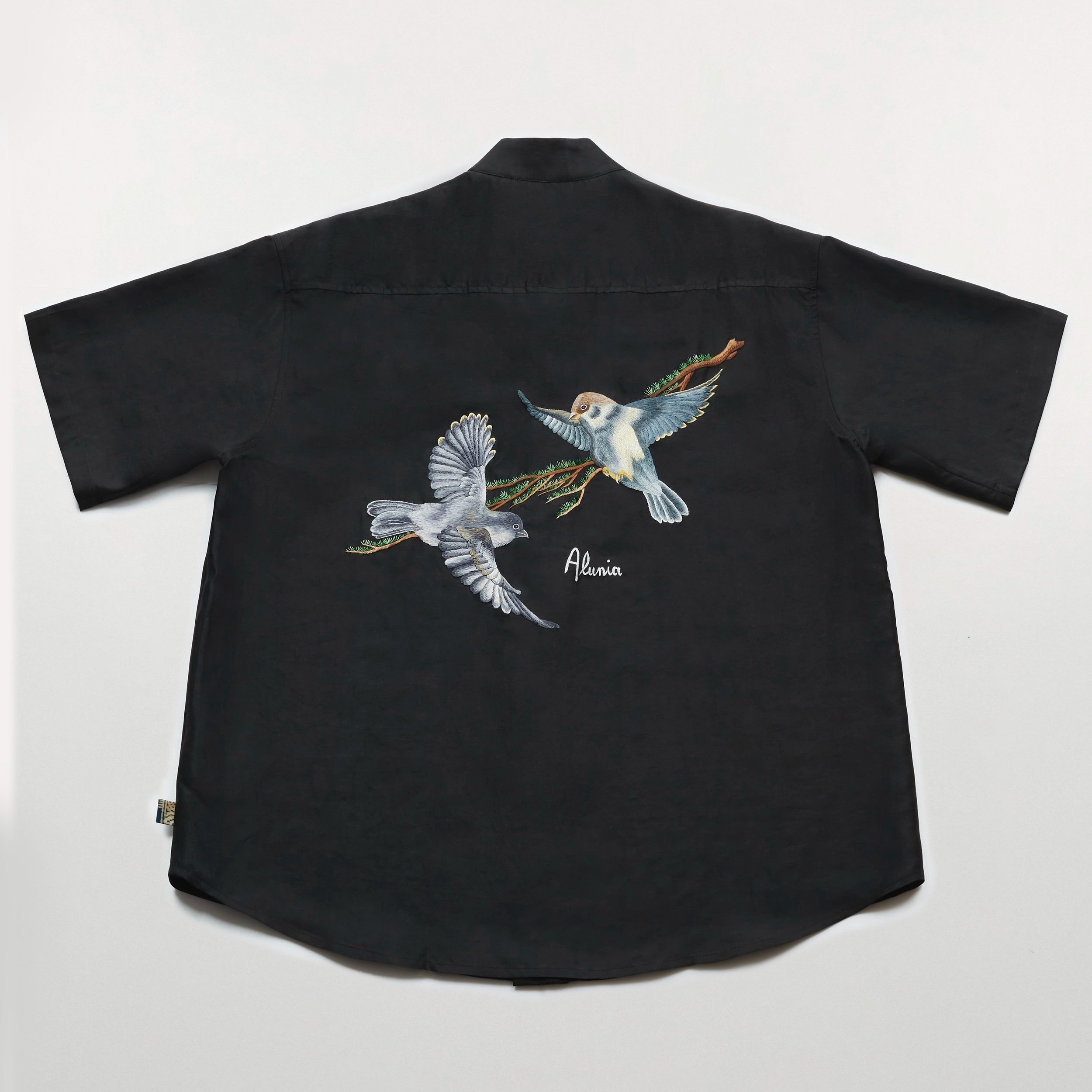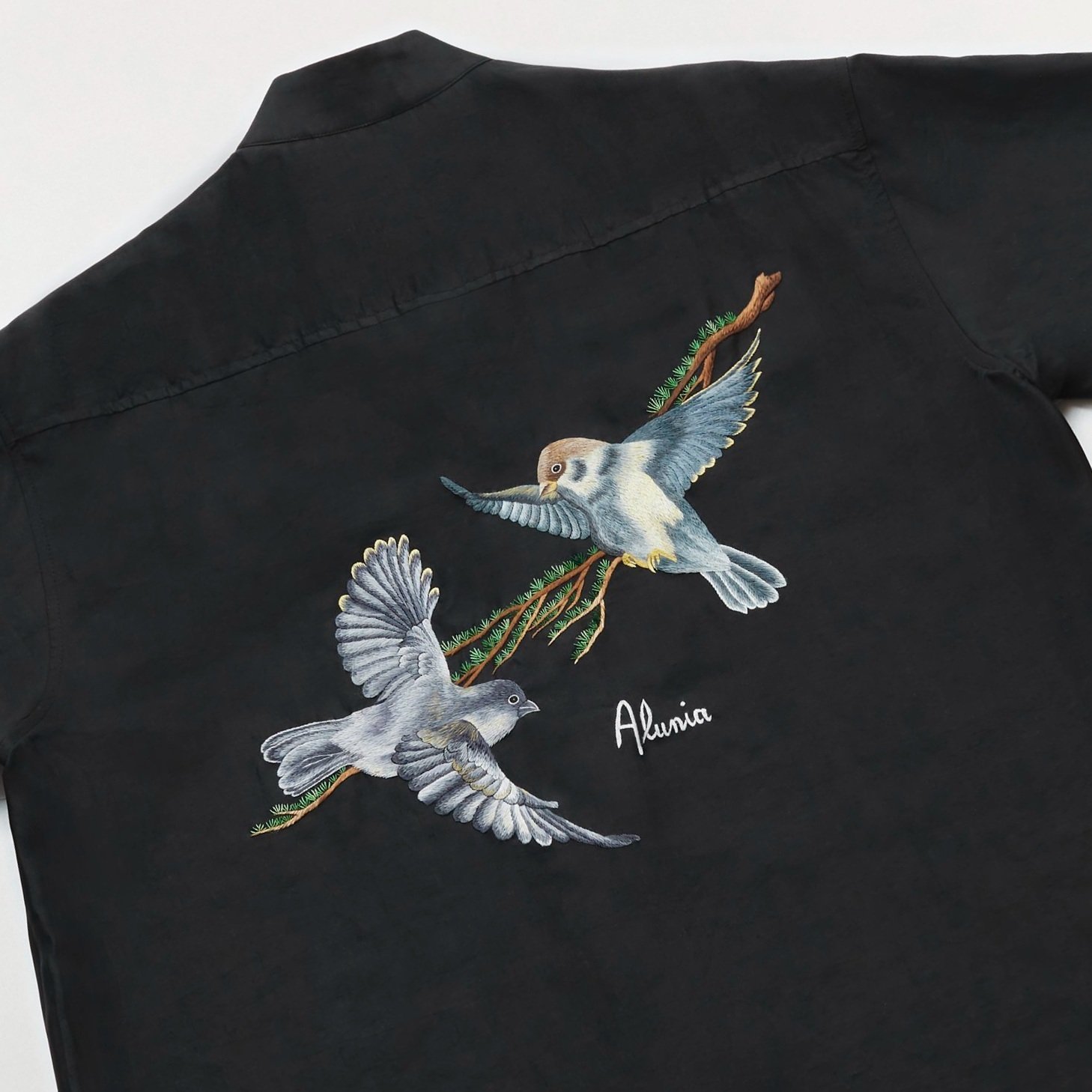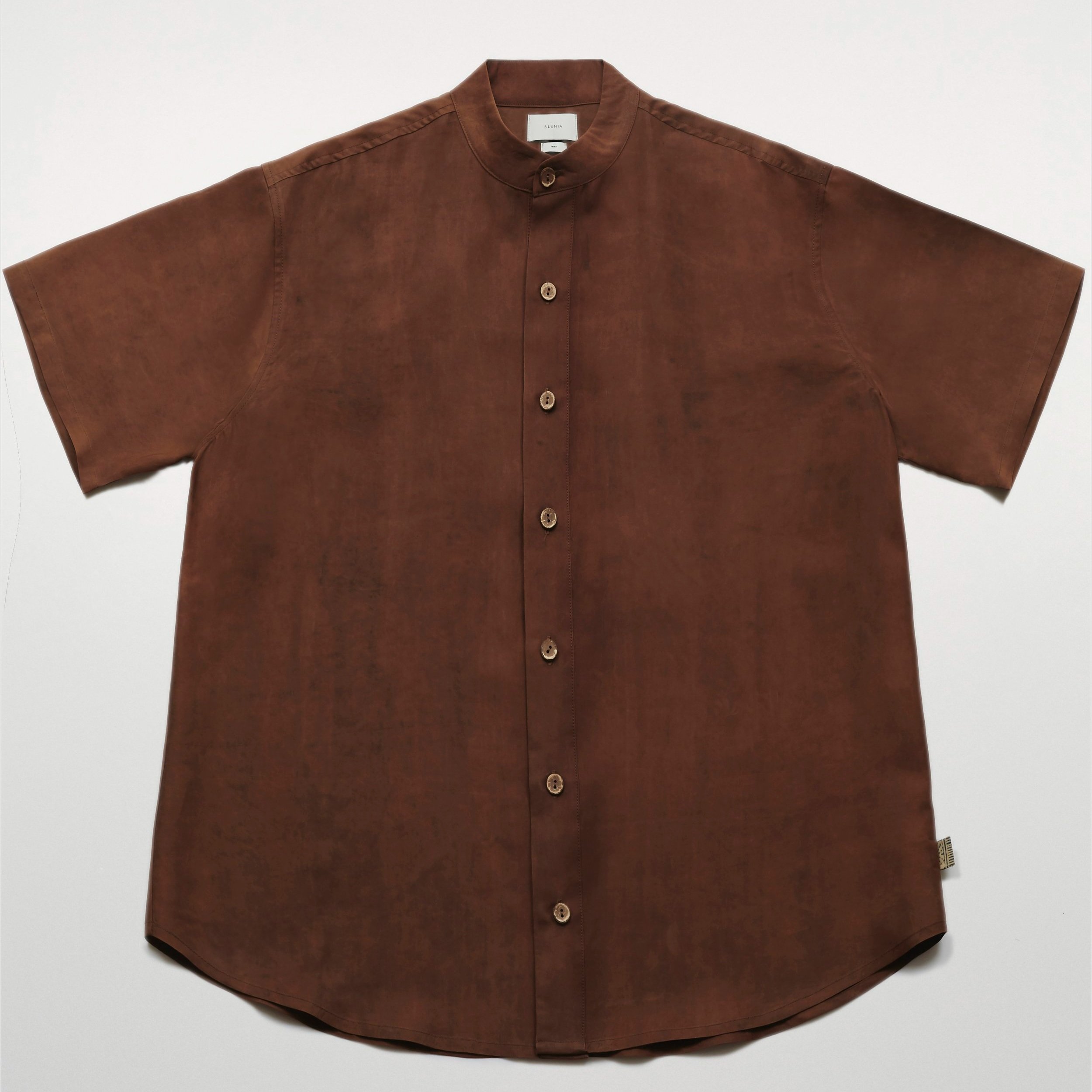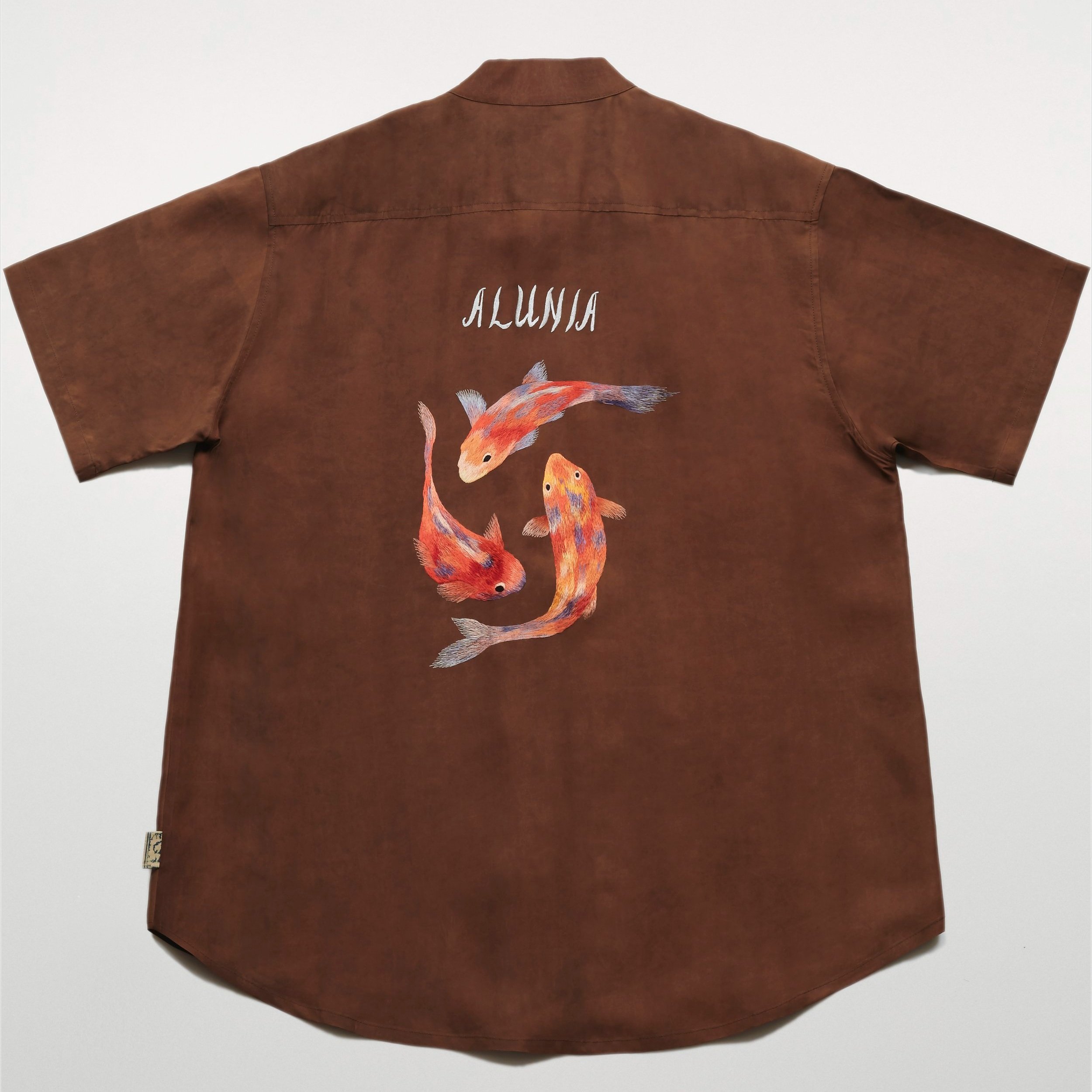Handmade Embroidery | Suzhou Embroidery
Prelude
Suzhou Embroidery or Su Embroidery is a type of embroidery and handicraft art that originated in Suzhou, China more than 2,000 years ago. It is considered the foremost among the four great embroideries of China, which also include Xiang embroidery in Hunan, Shu embroidery in Sichuan, and Yue embroidery in Guangdong. Su Embroidery is known for its variety of stitches, elegant colours, and craftsmanship, and is used for decoration in costumes, home decor, and furniture. The process of creating a piece of Su Embroidery involves preparing a draft, selecting materials and tools, and using strict requirements for embroidery needles. It is traditionally passed down from mother to daughter, and it takes decades to master this art form. A single piece of handmade Su Embroidery art usually takes months to create, from design and stitching to mounting and framing.
The Craft
One of the distinguishing features of Su embroidery is the use of varying thread thickness. Silk is the primary material used, with threads as fine as human hair being used in many pieces. Su embroiderers often split each silk strand into thinner threads, ranging from halves to sixteenth parts. Using finer threads allows for more delicate embroideries and requires greater mastery of stitching techniques. The threads are so fine that they are often thinner than human hair, which adds to the intricacy of the embroidery. Different thread thicknesses are used to embroider different subjects, such as using a thinner thread for the tails of goldfish to capture their swift dexterity and thicker threads for the goldfish body, stones, and trunks of trees. The unique stitching techniques and use of varying thread thicknesses make Su Embroidery an exceptional form of artistry. The intricate designs and attention to detail showcase the skill and dedication of Su embroiderers, making it a highly sought-after form of needlework.
In addition to the unique stitching techniques and use of varying thread thicknesses, the vibrant colours used in Su Embroidery are another hallmark of its craftsmanship. The process of achieving these colours begins long before the embroidery process itself. In fact, dyeing the silk threads is the most fundamental technique for any embroiderer in Suzhou.
Traditional embroiderers in Suzhou often use natural dyes, such as those made from plants and fruits, to colour their silk threads. Each embroiderer has their own recipe for dyeing with natural dyes, and the way they control the temperature, time, and extractions all depend on their individual experiences. This allows for a wide range of colour shades to be created by each embroiderer.
The use of natural dyes adds an element of uniqueness to each piece of Su Embroidery, as the colours are not mass-produced or uniform. Instead, each colour is carefully crafted by the embroiderer to achieve the desired effect. The vibrant colours used in Su Embroidery add depth and richness to the intricate designs, making them truly one-of-a-kind pieces of art.
Our Purpose
Despite its accolades, Su Embroidery techniques are slowly being replaced by machine embroidery due to technological advances and decreasing interest in hand embroidery as a profession. While machine embroidery may be more efficient, it cannot replicate the unique qualities of handmade embroidery. No two handmade silk embroideries are exactly alike, even when featuring the same design. The nature of being handmade makes it impossible to create an identical embroidery.
At ALUNIA, we recognise the importance of preserving the traditional techniques of Su Embroidery. We aim to showcase the superior quality and unique beauty of Su Embroidery to rekindle interest in this deserving art form. Our commitment to traditional craftsmanship and attention to detail is reflected in every piece of Su Embroidery that we create.
Through our designs, we hope to inspire others to appreciate and support handmade embroidery. We believe that the artistry and mastery of the Su Embroidery technique should be celebrated and preserved for generations to come. Join us on our journey to keep this beautiful art form alive and thriving.


